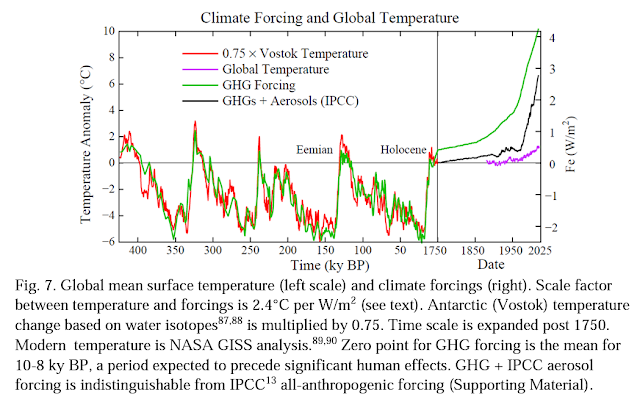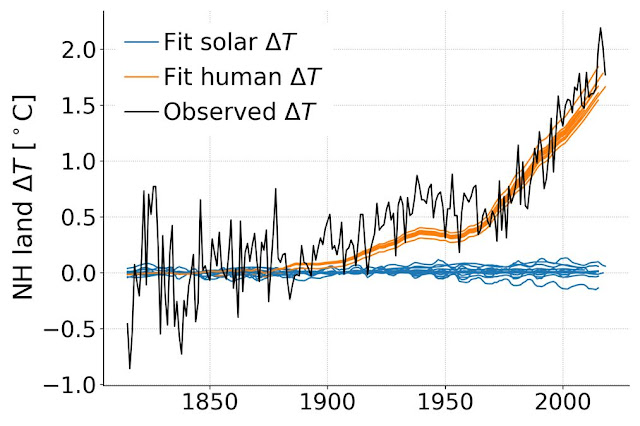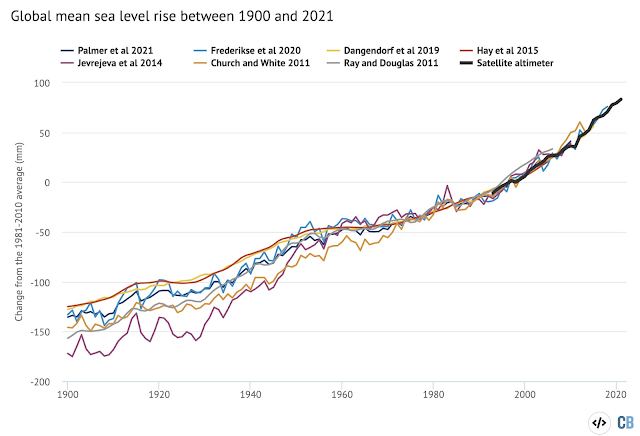2022 Global Mean Surface Temperatures

GMST Anomalies (1850-2022) Data for global mean temperatures from 2022 have come in, and depending on the dataset, 2022 was either the 5th or 6th warmest year on record - some say 2015 was cooler, and some warmer. The following graph from Zeke Hausfather shows how GMST stacks up with recent years in the BEST dataset. BEST Anomaly Ranking 2022 was also the warmest La Niña year on record, despite being a stronger La Niña year than 2018 and 2021. The following is the list of anomalies, all set to deviations from the 1951-1980 mean. Where I was able to find them quickly, I included the 95% CIs for each anomaly. Dataset Anomaly ( º C) (1951-1980) HadCRUT5 NASA NOAA BEST JMA NCAR* ERA5* Average 0.878 ± 0.036 0.893 ± 0.05 0.820 ± 0.15 0.929 ± 0.028 0.785 0.865 0.921 0.861 *Reanalysis The average for all of these was 0.86 C warmer than the 1891-1980 mean. Thirty year trends have been accelerating, recently increasing beyond 0.2ºC/decade. With three La Niña even...



.png)
